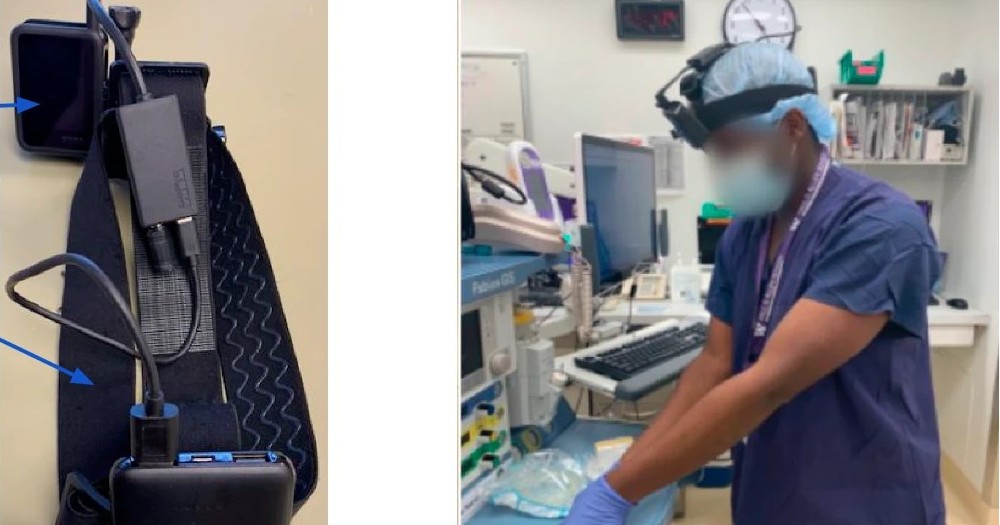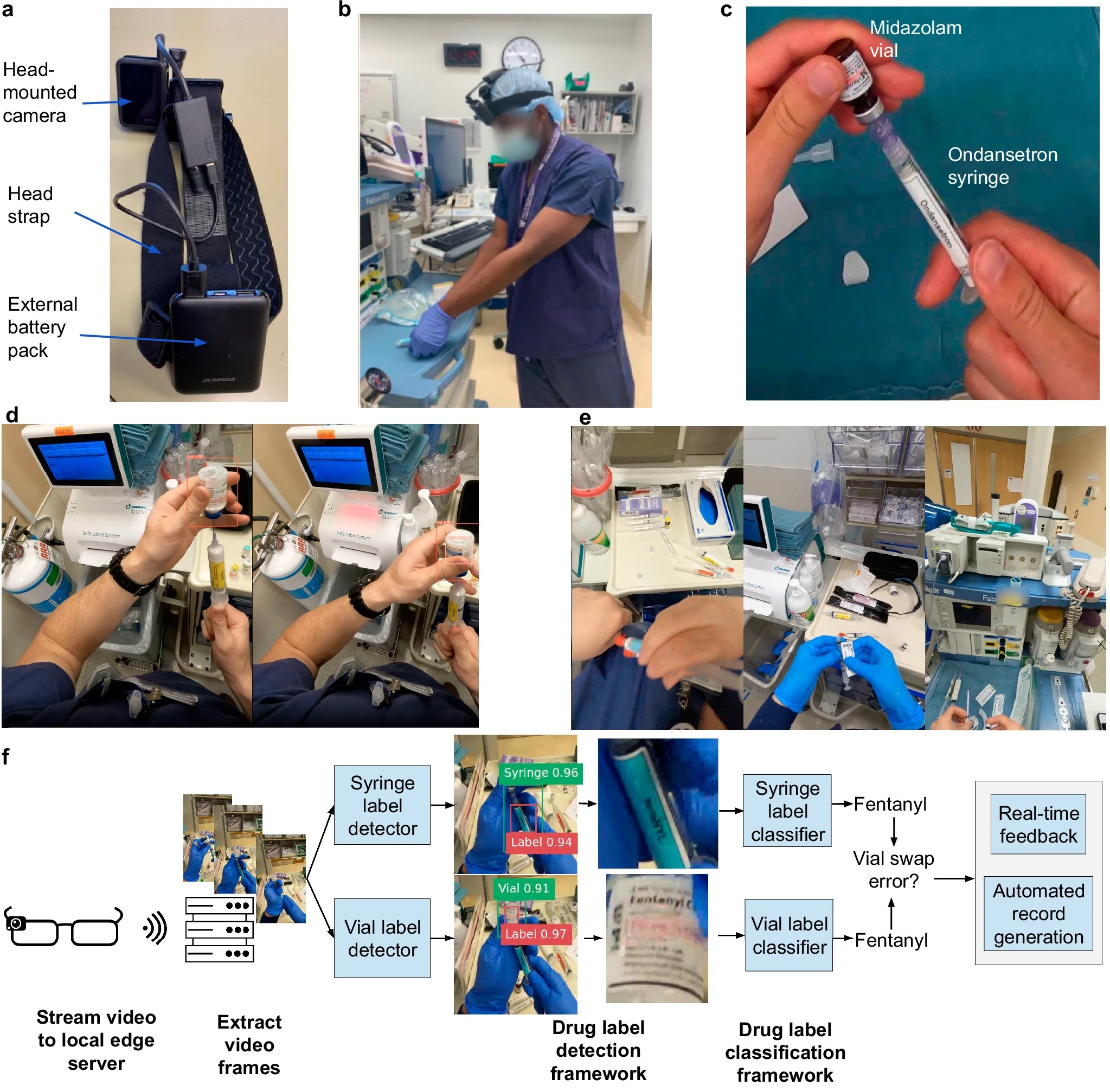AI-enabled wearable camera can help detect medication errors

Medication errors are a significant concern in healthcare, particularly in high-pressure environments like operating rooms, intensive care units, and emergency departments. A recent innovation from the University of Washington introduces a deep learning-powered wearable camera designed to tackle this issue head-on.
According to a study published in Npj Digital Medicine, this AI-enabled device can identify potential medication errors with an impressive 99% accuracy — offering a promising solution to one of the most prevalent safety risks in clinical settings.
How does it work?
The system pairs a GoPro camera with a deep learning model trained to recognize drug labels on syringes and vials. During drug preparation, the camera captures real-time video, allowing the AI to analyze visual cues such as label print size, vial shape, and cap color. Remarkably, the model doesn't rely solely on reading text, making it resilient in varied lighting and handling conditions.
Training the model was a complex process. Over 55 days, researchers collected 4K video footage from 17 operating rooms across two hospitals, involving 13 anesthesiology providers. This data was used to teach the system to recognize and differentiate between various medications, even when parts of the labels were obscured by clinicians' hands.
"It was particularly challenging," explained Shyam Gollakota, Ph.D., one of the study's authors, "because the person in the [operating room] is holding a syringe and a vial, and you don't see either of those objects completely. Some letters are covered by the hands. And the hands are moving fast. They are doing the job. They aren't posing for the camera."
Why does it matter?
Medication errors during intravenous injections, such as syringe mislabeling or vial swaps, account for a significant portion of critical incidents in anesthesia. While barcode systems exist to mitigate these risks, they introduce additional steps in clinicians' workflows, increasing the likelihood of being overlooked during high-stress situations. This wearable system offers a seamless, real-time solution without disrupting routine procedures.
The implications for patient safety are profound. In tests, the model demonstrated 99.6% sensitivity and 98.8% specificity in detecting vial swap errors.
"The thought of being able to help patients in real time or to prevent a medication error before it happens is very powerful," said Kelly Michaelsen, M.D., Ph.D., co-lead author of the study.
The tool meets and exceeds the accuracy expectations of most anesthesia providers, who, in a survey, expressed a desire for systems with at least 95% accuracy.
The context
Drug administration errors are among the leading causes of preventable patient harm in healthcare. Traditional safeguards, while effective, are often cumbersome, highlighting the need for innovative solutions. By leveraging AI and wearable technology, this system aligns with a broader trend of integrating advanced tools into clinical workflows to enhance safety and efficiency.
This development is part of a larger movement to harness artificial intelligence in healthcare. From diagnostic tools to surgical assistance, AI is increasingly playing a pivotal role in improving outcomes and reducing risks. The wearable camera system represents a significant step forward in this journey, demonstrating how AI can directly impact patient care by addressing one of healthcare's most persistent challenges.
💡Did you know?
You can take your DHArab experience to the next level with our Premium Membership.👉 Click here to learn more
🛠️Featured tool
 Easy-Peasy
Easy-Peasy
An all-in-one AI tool offering the ability to build no-code AI Bots, create articles & social media posts, convert text into natural speech in 40+ languages, create and edit images, generate videos, and more.
👉 Click here to learn more



